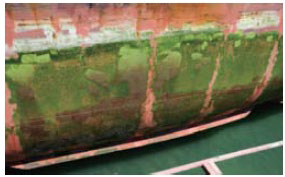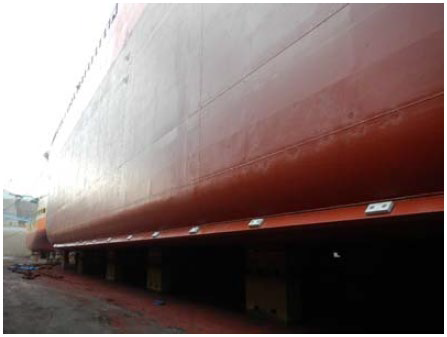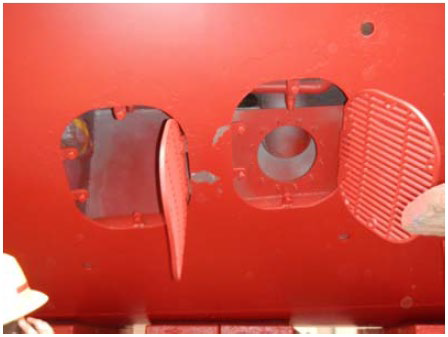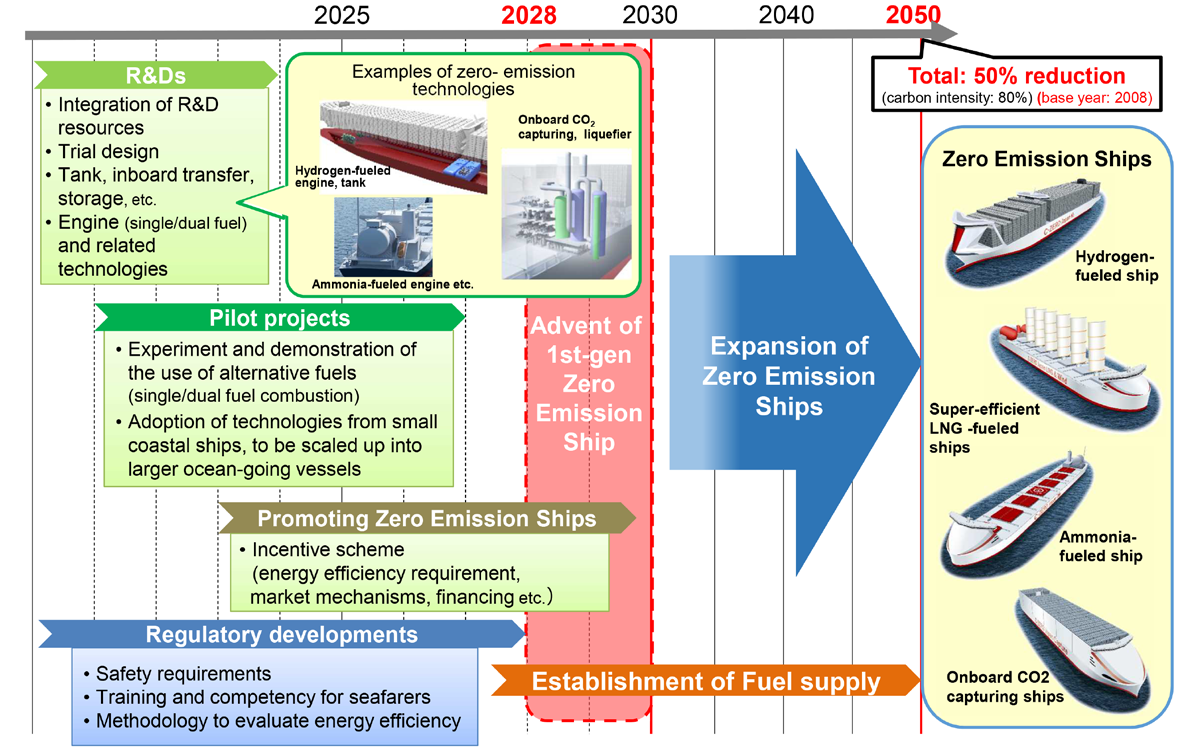Research for effective management of ships’ biofouling to minimize the transper of invasive aquatic species
Organization: Japan Ship Technology Research Association
The Ballast Water Management Convention entered into force globally on 8 September 2017. The Convention aims to prevent the spread of potentially harmful aquatic organisms and pathogens in ballast water carried by ships. Ballast water is sea water used to stabilize vessels when unloading cargoes, and its risk of transfer of organisms from one ecosystem to another had been an international concern. In accordance with the Convention, the vessels carrying ballast water during international voyages are required to install the treatment system to kill organisms contained in the ballast water.
Besides, the risk of transfer of invasive aquatic species by biofouling on ships (accumulation of aquatic organisms such as micro-organisms, plants and animals on ship’s surfaces) has also been an international concern. To minimize the risk, the International Maritime Organization (IMO) developed the guidelines on the control and management of ships’ biofouling in 2011, which have been under review since 2013. To improve the guidelines to be more practical and effective, Japan Ship Technology Research Association has contributed to the review of the guidelines by gathering information from stakeholders in Japan on the best practices and challenges for biofouling management and providing feedback to the IMO.

before cleaning



International shipping GHG zero emissions project
The Ministry of Land, Infrastructure, Transport and Tourism (MLIT), in collaboration with the shipping, shipbuilding, and marine industries as well as research institutes and public bodies, developed the “Roadmap to Zero Emission from International Shipping” in March 2020. The identified actions to be taken immediately is to develop necessary international rules and promote the development and pilot projects on the zero-emission technologies. It further aims to achieve commercial operations of the first-generation zero-emission ship by 2028.

Reference: Roadmap for Zero Emissions in International Shipping (MLIT, https://www.mlit.go.jp/maritime/GHG_roadmap.html)

